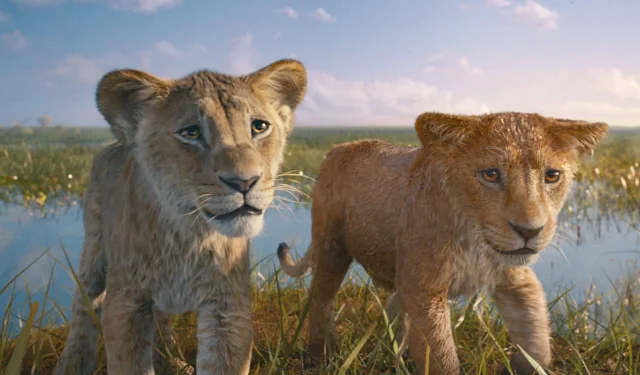
Disney has long held the crown for live-action remakes, but their latest offering, Mufasa: The Lion King, underscores an important factor that distinguishes successful live-action adaptations. Released in December 2024, this film acts as a live-action prequel, exploring the formative years of Mufasa alongside his adopted brother, Scar, known as Taka. In just its opening week, the film has already amassed an impressive $221 million at the box office and boasts a favorable 88% audience rating on Rotten Tomatoes, marking it as a notable achievement for Disney.
Since the 2010s, Disney has embraced live-action adaptations of its classic films, yielding varied results. Notably, the 2019 remake of The Lion King stands out as Disney’s highest-grossing live-action film, pulling in a staggering $1.7 billion, while 2017’s Beauty and the Beast also crossed the billion-dollar mark with $1.3 billion. Conversely, other remakes, such as The Little Mermaid, which earned $569 million, have not fared as well. Fortunately, Mufasa hints at a potential strategy for revitalizing the live-action format.
Mufasa: An Original Narrative Within Disney’s Live-Action Framework
Reimagining The Lion King Narrative
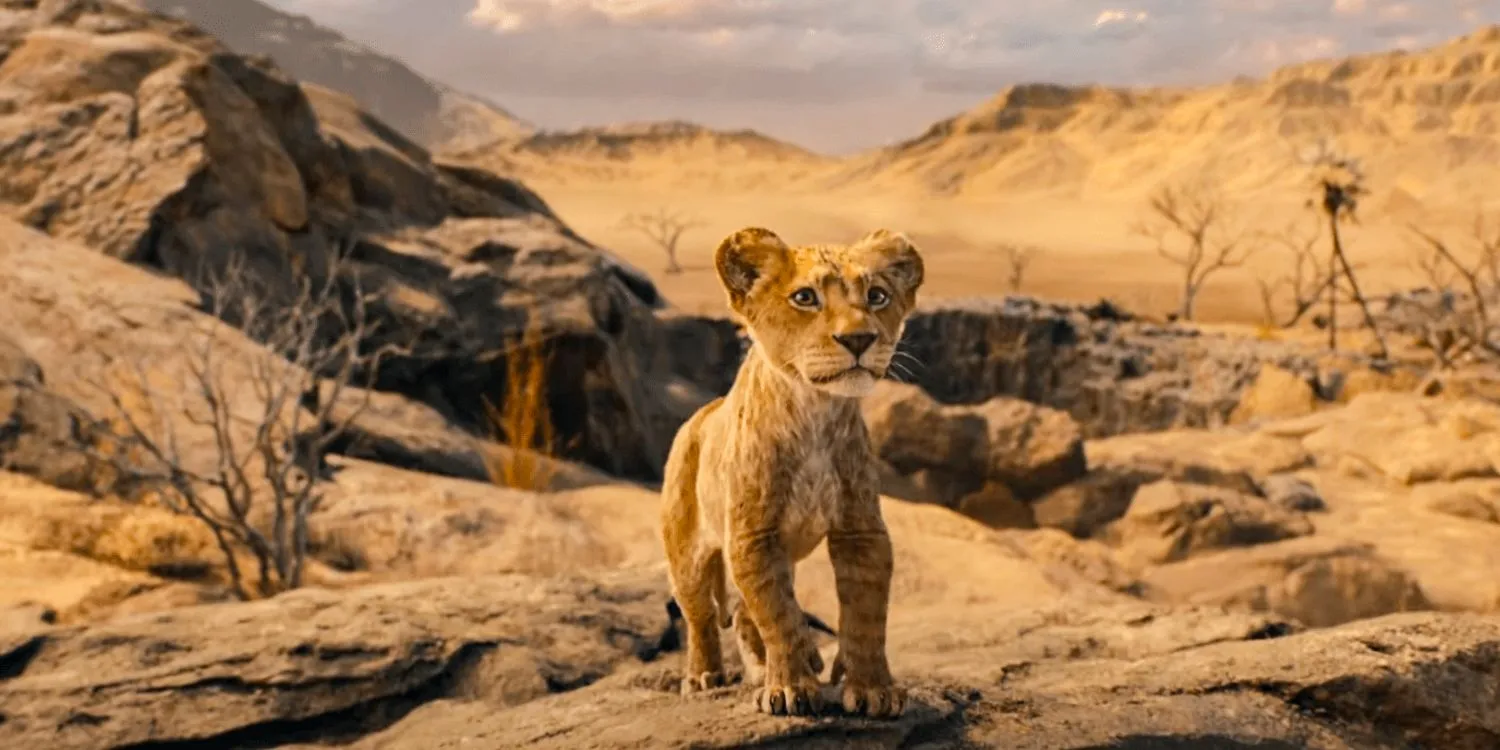
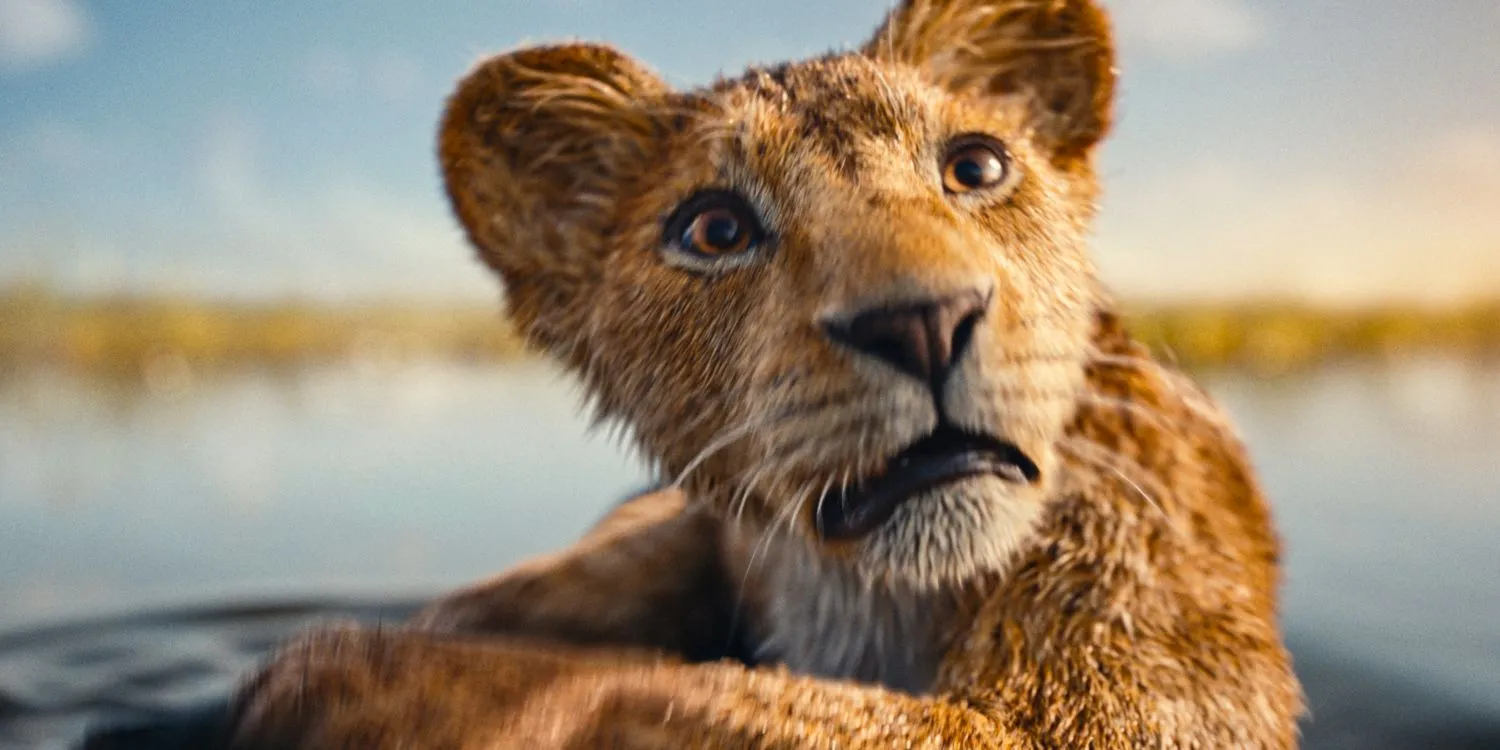

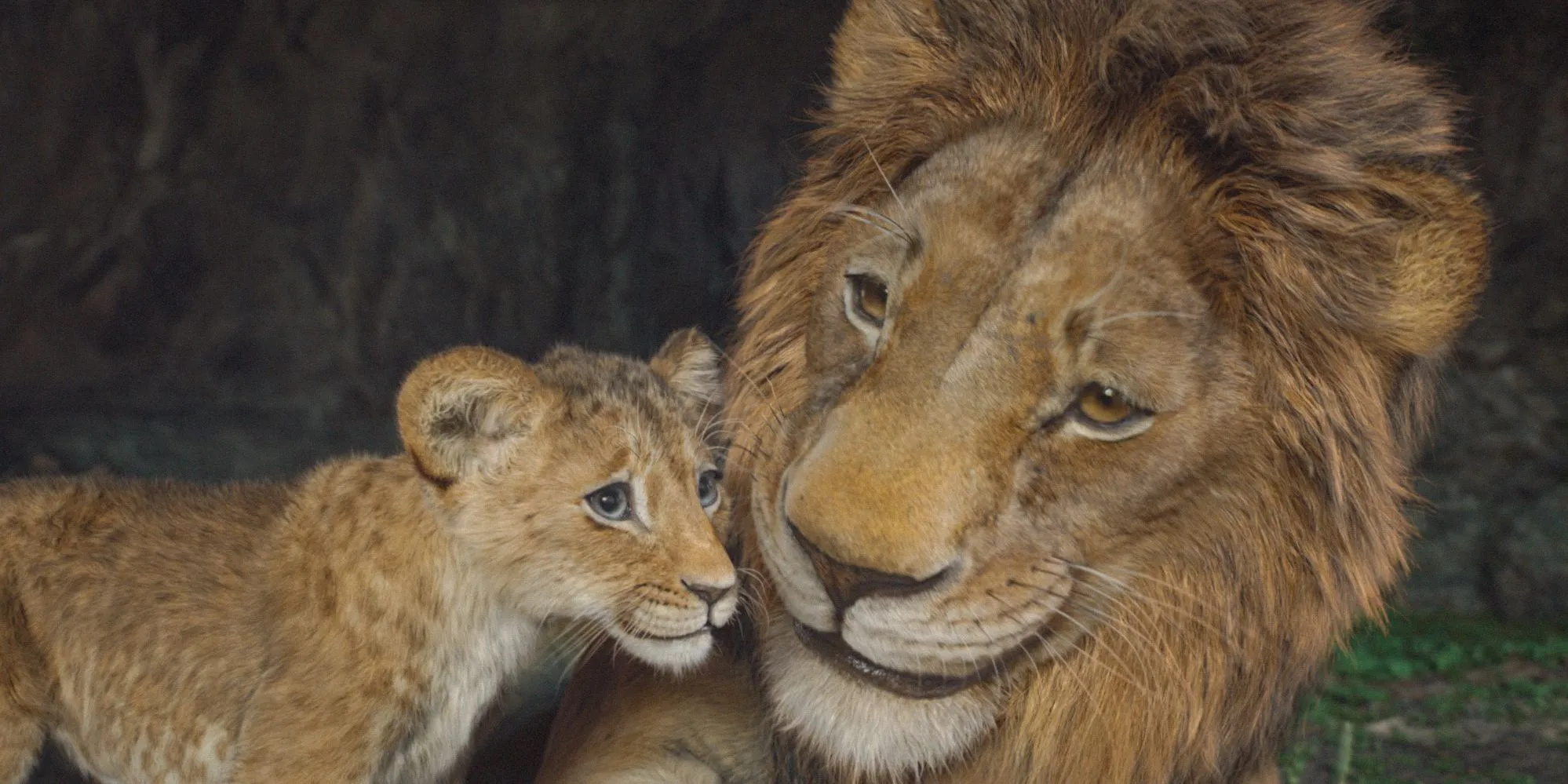
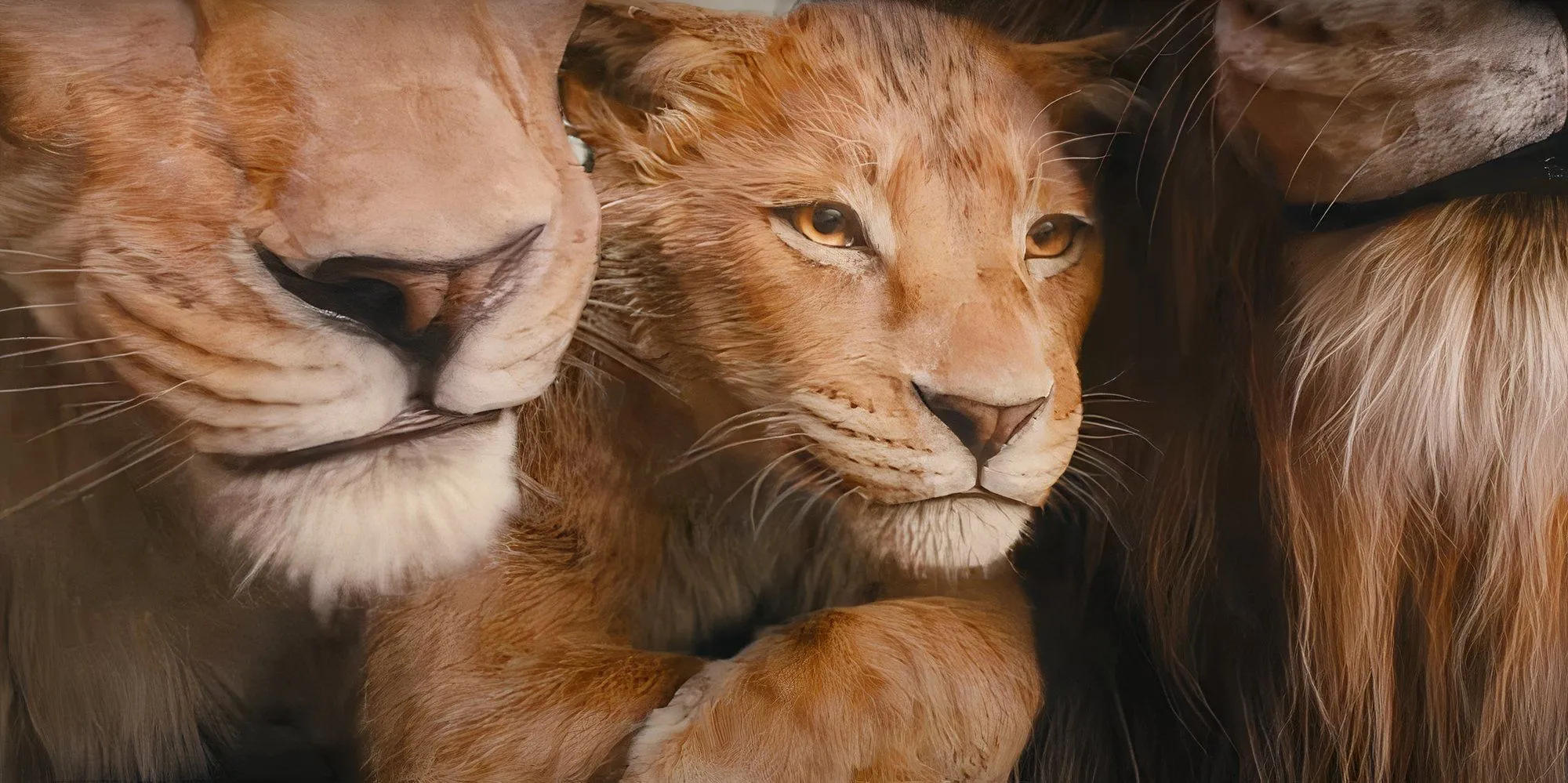
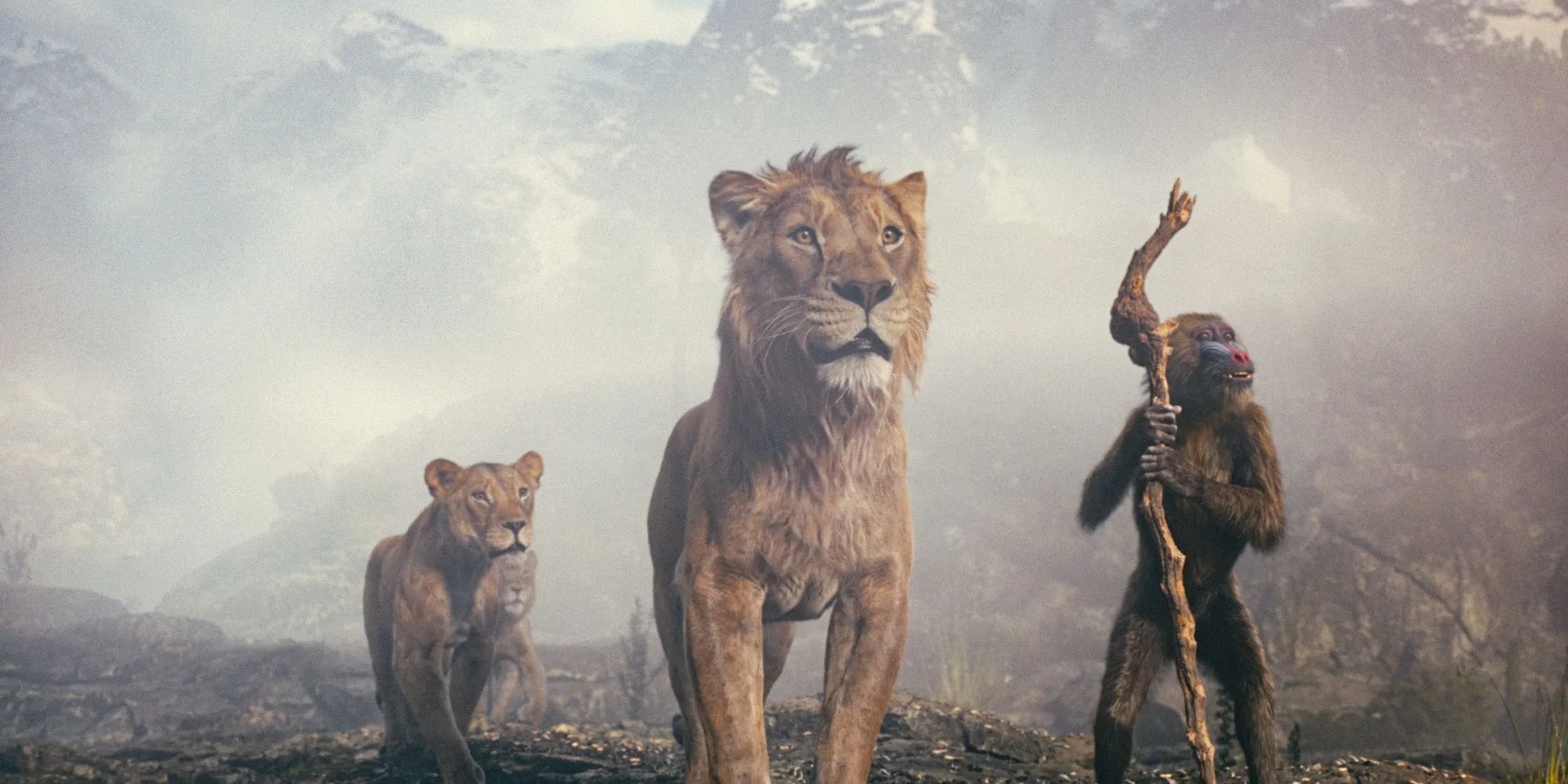
While Mufasa may not be a traditional remake, it cleverly fits into Disney’s repertoire of live-action adaptations. By reinterpreting familiar narratives, the film builds upon the legacy of the 2019 adaptation. What truly sets Mufasa apart is that it offers audiences an unpredictable journey. Although viewers may be aware of Mufasa’s ultimate fate, this film affords them the chance to delve into uncharted aspects of the character and his relationships.
This film serves as a fascinating case study, as it skillfully navigates the space between nostalgia and innovation. Familiar faces such as Zazu, Timon, and Pumba return, yet each character undergoes a fresh transformation. Surprisingly, Taka may not fit the archetype of a straightforward villain, and Mufasa displays a less regal persona than seen in The Lion King. The film thrives on its ability to present an original narrative that both engages and surprises the audience.
Originality as a Secret Ingredient in Disney’s Live-Action Remakes
Disney’s Opportunity to Enrich Timeless Tales
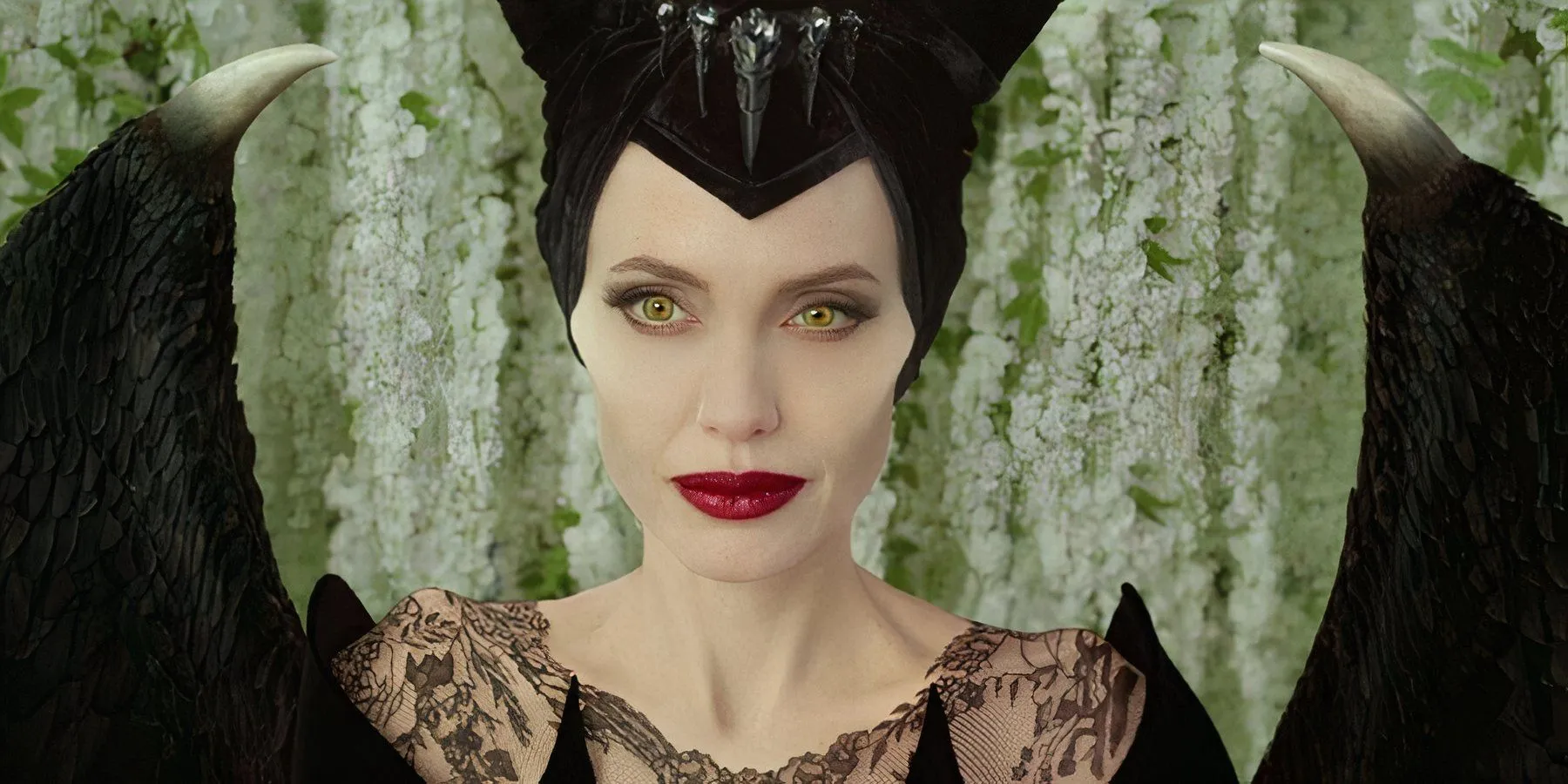
The primary lesson learned from Mufasa is that Disney should prioritize creating more original live-action narratives. Although Mufasa has yet to establish itself as a blockbuster, its emerging success reflects a broader trend in Disney filmmaking. Audiences appreciate revisiting beloved animated classics, yet they are equally drawn to inventive spins on familiar stories. Consider the success of Cruella, which performed admirably in 2021 with its fresh take on the 101 Dalmatians narrative. Maleficent also demonstrates how reinterpreting classic tales can yield successful results.
Disney possesses a remarkable archive of stories waiting to be revisited beyond mere remakes. They can explore villain origin stories, prequels, and sequels as viable options for reinvigorating their library. For instance, while The Little Mermaid attempted to provide a deeper exploration of Prince Eric’s kingdom, there remains ample opportunity to expand on this approach.
Challenges in Disney’s Approach to Live-Action Remakes
Renewing Timeless Narratives
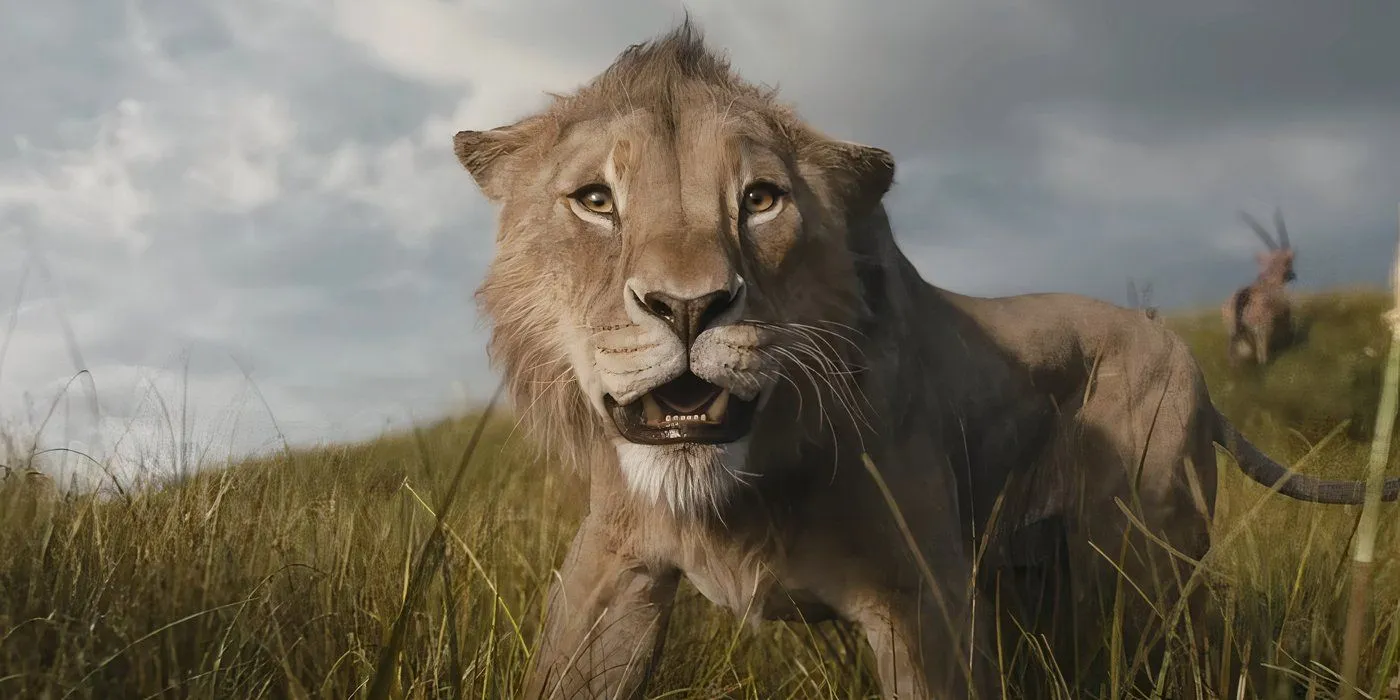
Despite the appeal of crafting original live-action films, this prospect is fraught with challenges. Given Disney’s ongoing commitment to remaking treasured animated classics, audiences may anticipate that every classic must receive a live-action iteration before venturing into original territory. Like Mufasa, which followed the 2019 The Lion King, there is a risk that moving ahead with original narratives can dilute the impact of the source material, potentially alienating fans.
Yet, Disney still has immense potential to innovate within the scope of its live-action adaptations. The studio is making progressive strides in casting decisions, ensuring appropriate representation in age and ethnicity. Additionally, films such as Aladdin and The Little Mermaid have effectively incorporated new lines and characters to enhance the narratives. Ultimately, Disney’s goal should be to enrich its classic tales while crafting a world that can continue to expand and evolve.
Embracing Mufasa’s Spirit in Future Live-Action Projects
A Look Ahead at Disney’s Live-Action Plans
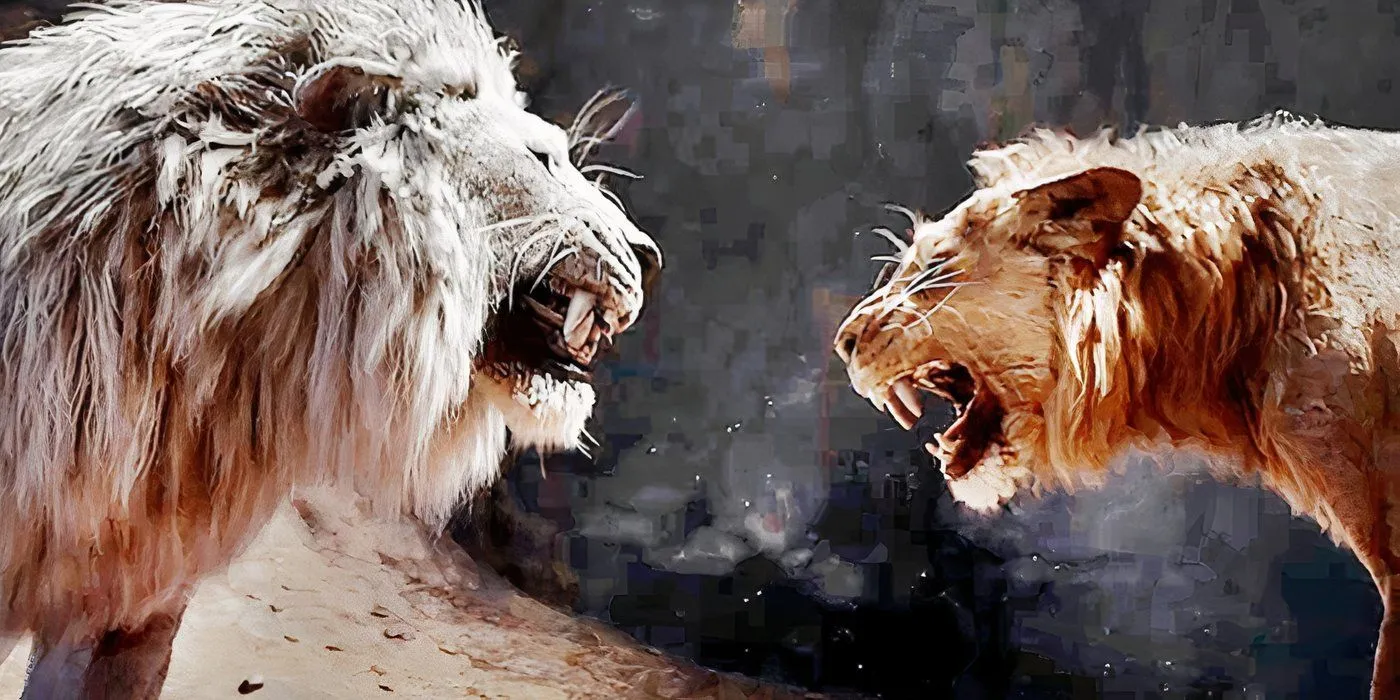
Ultimately, Disney must learn from its own creative approach. The company has a slate of upcoming projects, ranging from new animated films to live-action adaptations. Regardless of the format, Disney should always favor originality above all else. Future projects, much like Mufasa, should focus on expanding upon original ideas rather than merely rehashing them. Audiences should be drawn to the unique reasons behind remaking these beloved narratives, welcoming new songs, scenes, and concepts.
Looking forward, Disney’s upcoming slate includes notable live-action remakes of Snow White and Lilo & Stitch in 2025, followed by a live-action adaptation of Moana in 2026. Additionally, sequels to fan-favorites like Toy Story 5, Zootopia 2, and Freaky Friday are in the pipeline. The animated film Elio is set to be Disney’s marquee release in 2025. As these projects unfold, it is essential for Disney to embrace the innovative spirit of Mufasa, ensuring they resonate with audiences for years to come. While Disney has thrived for decades, it must refine its approach to continue captivate its audience.




Leave a Reply